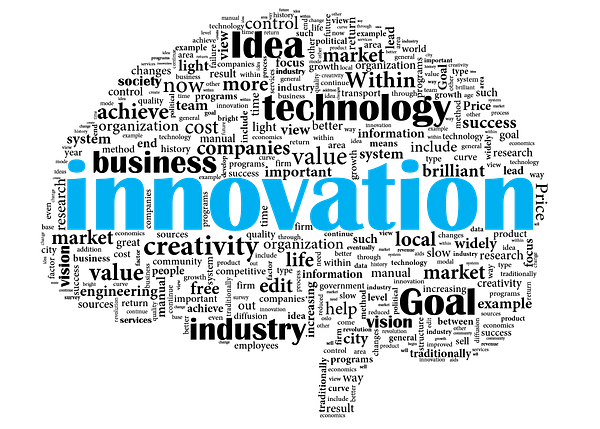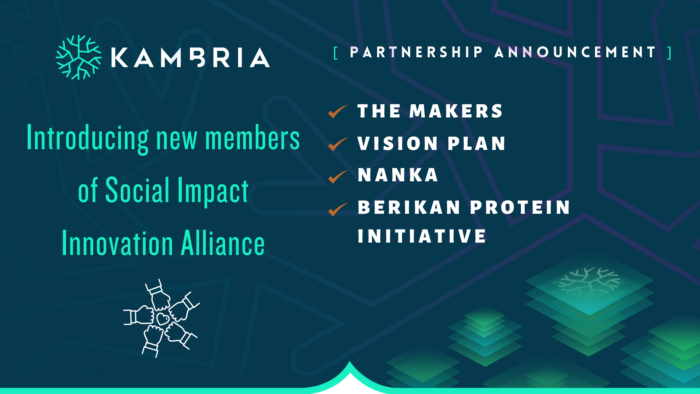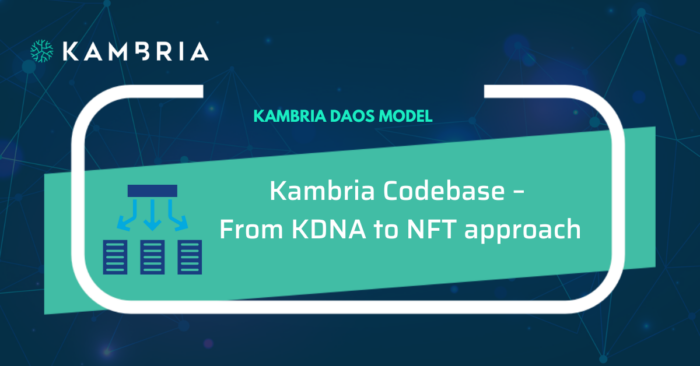What is Innovation? Innovation is a buzzword that is thrown around in all types of organizations, from businesses to educational institutions, to government bodies. Even schools’ parent-teacher groups are required to “innovate”. However, many misunderstand the word innovation for creation or invention. A quick search shows innovation actually stems from the Latin word innovationem, which means restoration or renewal. To innovate means to take previously discovered ideas and theories and apply them in novel ways to solve problems.

There is an old joke from my graduate school days that says any research (especially in computer science) that is at least 10 years old can be “renewed” as new research. In all seriousness, this is not too far from the truth for modern day R&D. Blockchains, touted as the next world-changing technology, are far from revolutionary in terms of theory. Consensus algorithms, game theory, cooperative multiagent systems, distributed databases, topics that form the fundamentals of blockchains have been around for decades. The real innovation is when Satoshi Nakamoto renewed these seemingly academic concepts and applied them to create the first blockchain database, Bitcoin.
Conditions for Innovation
What does it take to innovate? The 3 main ingredients are Rapid Failure, Openness, and Incentivized Collaboration.
Economist and bitcoin entrepreneur, Francis Pouliot said,
“Innovation, just like evolution, happens where the iterative development cycles are fastest.”
In other words, when one is pushed to solve problems under a magnitude of stressors, magic happens. Just like evolution, only through repeated experimentation of different survival situations can the strongest DNA persist. For innovation to happen, there needs to be a feedback loop that cultivates quick and rapid development cycles. Failures are punished through “natural selection”. Only the best ideas that provide the greatest economic and technology values survive, everything else dies quickly.
To support rapid failure, we need to be open. Software projects like Linux, BSD, Android and all their variants flourish under the FOSS umbrella. Innovators should have unhindered access to knowledge and resources. We need tools that facilitate idea sharing. Create workflows that break down organizational barriers in order to let these ideas cross-pollinate. On the contrary, most big organizations, those that have the most talents and money, are closed. They only innovate within their own walls. Siloed innovation is not true innovation.
How can organizations be opened? How do we bring together individuals and businesses with vastly different agendas to work together and pursue true innovation? Incentivized collaboration is key. We want an economy where participants don’t just have to, they want to share. They do so because the incentive mechanisms are designed to be the forcing function that will push the system to its most optimal outcome; a Pareto-optimality. Does such a collaborative economy really exist? Yes! Just look at how Bitcoin and other blockchain projects achieve cooperative play where participants willingly contribute because the reward is so attractive that it doesn’t make sense to not play by the rules.
Blockchain Inspired Innovation in Kambria
At Kambria, we are pursuing the holy grail of innovation for the robotics vertical. We are building an open platform where robotics companies and developers can come together, in open competition, to rapidly develop impactful robotics. Contributors have super easy access to knowledge, source code, hardware, services and partnership resources.
We are developing a tokenized economy using state-of-the-art game theory and tournament design to incentivize sharing of ideas and to enforce the openness in this ecosystem. Financial incentives are not necessarily the main driving force for innovation. As of writing, the total market cap for the Ethereum project is slightly north of $28B, however, the number of people doing core development on Ethereum is just a team of 15! The majority of participants are non-innovative, they have their skin in the game financially. Whereas the people that are really advancing the technology are probably looking for a lot more.
That’s why incentives in Kambria are built around multiple factors like legacy, legal protection and voting rights, in addition to money. Developers get to stamp their name on any piece of technology they contributed to and that attribution is enforced by the blockchain. Legal mechanisms ensure proper rights are given when their technology is being used for commercial use. Power distribution also becomes more uniform as votes on Kambria policies are truly democratized through tokenization.
Be the Bee, Go Forth and Cross-Pollinate
Blockchains are the substrate where the next generation of revolutionary technology will be developed on. Just like its predecessors, the printing press, the steam engine, the internet and telecommunication, blockchain will shape our economy, our cultures, and our politics. Open, trustless and transparent systems will dominate every aspect of our global business landscape. Innovations that fuel this change will not be siloed. It will be massively opened and free for anyone to contribute and utilize. Truly democratized innovation is just around the corner, get on board or be left hanging.








